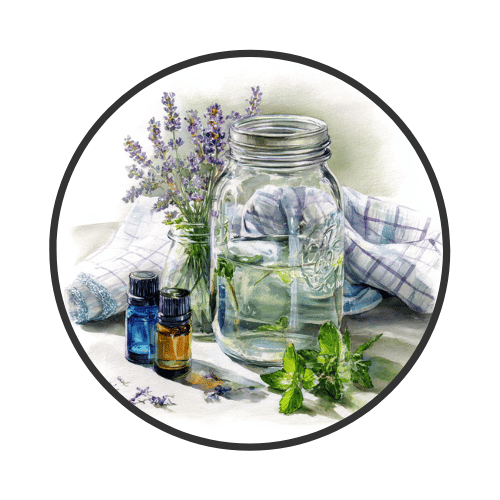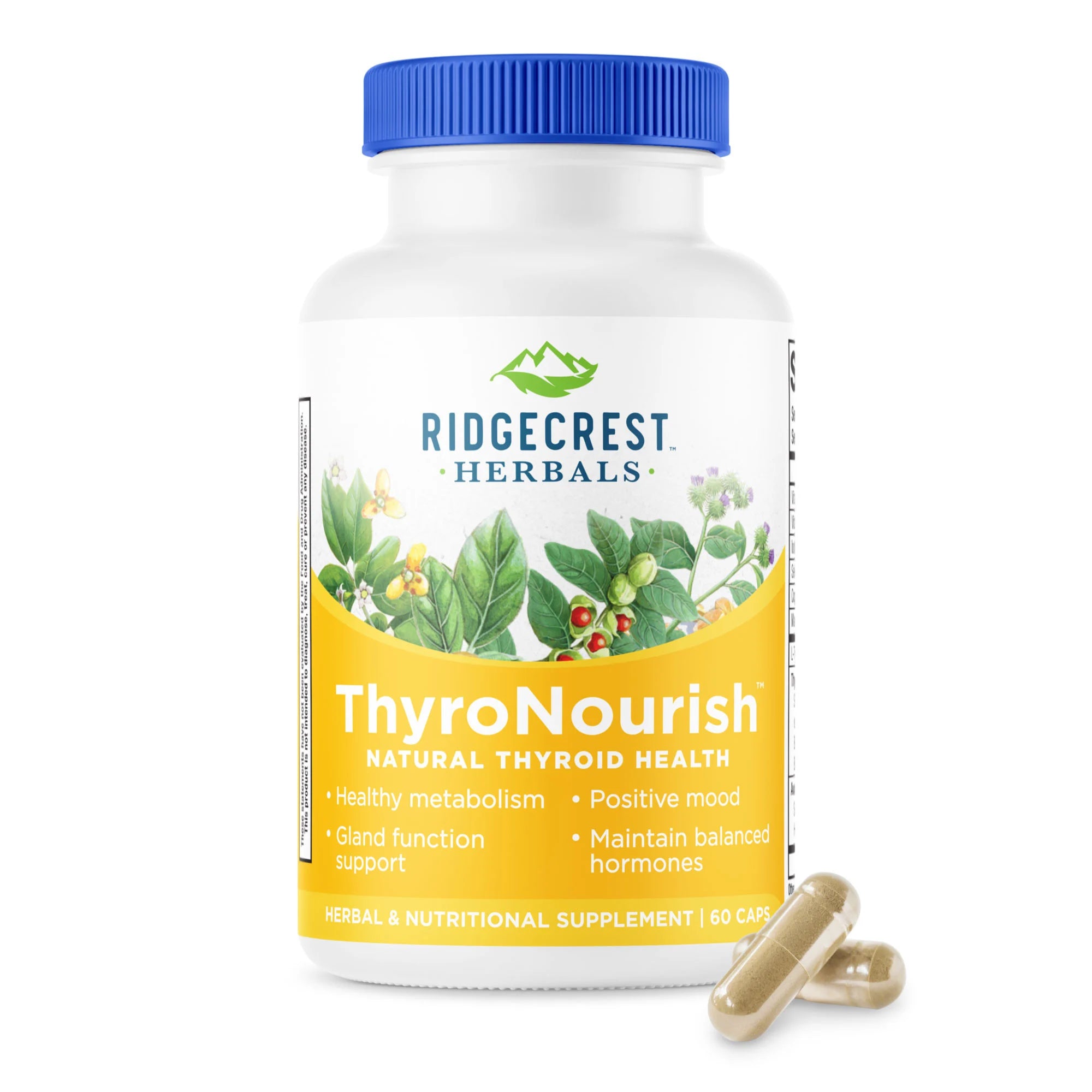Go Fragrance-Free: How Making Your Own Fabric Softener Supports a Healthier Home
I’ve always had a super sensitive nose. I can pick up on scents that most people don’t even notice, which can be both a blessing and a curse. For me, certain perfumes, air sprays, and candles don’t just smell overwhelming, they make me feel awful. I’m talking nausea and headaches. This happens when I smell certain perfumes, air sprays, deodorants, car air fresheners, and candles. If you’ve experienced something similar, you’re not alone. After doing some digging, I realized that synthetic fragrances are often the underlying issue.
It turns out that fragrances are largely the culprit. According to The Food and Drug Administration (FDA), a fragrance is defined as “any natural or synthetic substance or substances used solely to impart an odor to a cosmetic product.” This can be any combination of chemicals derived from petroleum or natural raw materials. The source of the fragrance is rarely listed on a product; the definition is solely for cosmetic product regulation.
What’s Hiding Behind the Word “Fragrance”?
According to the Food and Drug Administration (FDA), a fragrance is defined as “any natural or synthetic substance or substances used solely to impart an odor to a cosmetic product.” This can be any combination of chemicals derived from petroleum or natural raw materials. Sounds harmless, right? But here’s the catch: that vague term can represent hundreds of individual chemicals, and companies aren't required to disclose what they are. The source of a fragrance is rarely listed on a product.
Whether derived from petroleum or natural materials, fragrances are commonly added to products like:
- Laundry detergents
- Fabric softeners
- Body lotions
- Household cleaners
- Candles and sprays
- Makeup
- Deodorant
- Perfume and cologne
Regulations change depending on what a product is classified under, for example, cosmetic versus cleaner. With this comes a gray area of undisclosed chemicals. The International Fragrance Association (IFRA) currently lists over 3,000 ingredients that may be used in fragrance compounds. While not all are harmful, some have been flagged for potential effects on the respiratory system, skin sensitivity, and even hormone disruption in high or repeated exposures. These ingredients can accumulate in the body over time, contributing to your overall toxic load, a factor that may impact your liver, which works hard to filter and eliminate unwanted substances from the body.
Why Go Fragrance-Free?
Going fragrance-free isn’t about giving up nice smells. It’s about reducing your exposure to undisclosed and potentially irritating chemicals, especially if you’re sensitive like I am. Your liver, skin, and respiratory system may benefit from the decreased burden, and you might find you simply feel better when you’re surrounded by fewer synthetic scents.
Over time, I’ve learned to read labels, use helpful resources like the Environmental Working Group (EWG) app, and support brands that prioritize ingredient transparency. (Shoutout to Attitude—they’re doing great work in that department.)
If I can’t afford a safer product (because being safer sometimes means it’s more expensive) or I can’t find a suitable replacement, I try to find ways to make my own. Making your products can be much more affordable, and you have 100% control over the ingredients that are included. Try creating your own fabric softener!
Easy DIY Fragrance-Free Fabric Softener
This simple recipe is one of my go-to swaps for a safer laundry routine. It’s affordable, effective, and free from the mystery chemicals that traditional softeners often contain.
Ingredients:
- 6 cups white vinegar
- ⅛ cup vegetable glycerin (helps soften fabric naturally)
- 15–20 drops of essential oil (optional, for a natural scent—use with caution if you have pets or kids)
Directions:
Combine all ingredients in a large, sealable container (an empty vinegar jug works great).
Shake well before each use.
Add ½ cup to your washing machine's softener compartment for large loads.
A Few Words of Wisdom
🧠 Essential oils may be natural, but they aren’t always harmless. Always research oils before use, some can be irritating or toxic to animals and young children. Use pure oils, and dilute properly. Never ingest essential oils unless under the guidance of a qualified professional.
A Small Switch, A Big Impact
Making your own fabric softener is a small but meaningful way to reduce your exposure to hidden chemicals. Whether you’re sensitive to scents, looking to support your body’s natural detox pathways, or just want to take control over what goes into your home, this simple swap is worth it.





